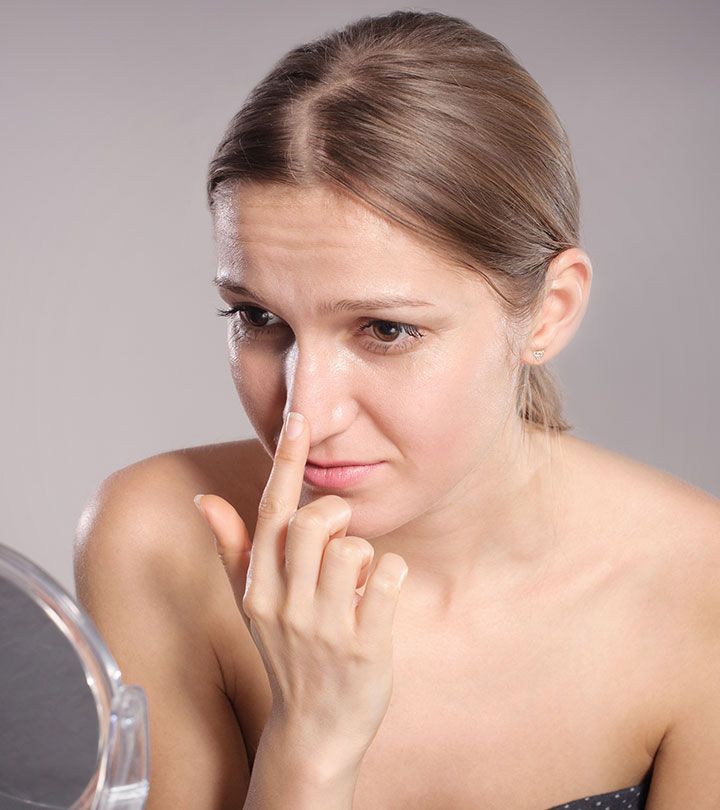Blackheads are a common skin concern that occurs when pores become clogged with excess oil and dead skin cells. While they may seem harmless, blackheads can be frustrating and affect your skin’s appearance and texture. Fortunately, with the right skincare routine and practices, you can effectively prevent and treat blackheads, achieving clearer and smoother skin. In this comprehensive guide, we’ll explore the best practices and techniques for saying goodbye to blackheads once and for all.
- Understanding Blackheads:
- Blackheads, also known as open comedones, are small, dark spots that appear on the skin’s surface, particularly in areas with high oil production, such as the nose, forehead, and chin.
- They develop when hair follicles become clogged with oil (sebum) and dead skin cells, which oxidize when exposed to air, giving them their characteristic dark color.
- Proper Cleansing Routine:
- A consistent cleansing routine is essential for preventing and treating blackheads. Use a gentle cleanser twice daily to remove dirt, oil, and impurities from the skin’s surface without stripping away natural oils.
- Look for cleansers containing salicylic acid or benzoyl peroxide, which help unclog pores and reduce oil production.
- Exfoliation:
- Regular exfoliation is key to removing dead skin cells and preventing pore blockages. Incorporate a gentle exfoliating scrub or chemical exfoliant into your skincare routine 2-3 times per week.
- Avoid harsh scrubs or over-exfoliating, as this can irritate the skin and exacerbate blackhead formation.
- Steam Treatment:
- Steam treatment can help open up pores and loosen debris, making it easier to remove blackheads. Steam your face for 5-10 minutes before cleansing or exfoliating, using a facial steamer or simply a bowl of hot water with a towel draped over your head.
- Be cautious not to expose your skin to excessive heat, as it can lead to irritation and inflammation.
- Use Non-Comedogenic Products:
- Choose skincare and makeup products labeled as non-comedogenic, meaning they are formulated to not clog pores. Avoid heavy, oil-based products that can contribute to blackhead formation.
- Opt for lightweight, oil-free moisturizers, sunscreens, and makeup to keep your pores clear and minimize the risk of blackheads.
- Spot Treatments:
- Incorporate spot treatments containing ingredients like salicylic acid or benzoyl peroxide to target existing blackheads and prevent new ones from forming.
- Apply a thin layer of spot treatment directly onto blackheads before bedtime, allowing it to work overnight to unclog pores and reduce inflammation.
- Regular Professional Facials:
- Consider scheduling regular professional facials with a licensed esthetician to deep clean pores and extract stubborn blackheads.
- Professional extractions performed by trained professionals can safely and effectively remove blackheads without causing damage to the skin.
- Balanced Diet and Hydration:
- Maintain a balanced diet rich in fruits, vegetables, lean proteins, and whole grains to support overall skin health.
- Drink plenty of water throughout the day to stay hydrated and flush out toxins, promoting clear and radiant skin from within.
- Hands-Off Approach:
- Avoid picking, squeezing, or scratching blackheads, as this can cause inflammation, scarring, and further spread bacteria.
- Practice a hands-off approach and let skincare products and treatments do the work in clearing your skin of blackheads.
- Patience and Persistence:
- Clearing blackheads takes time and patience, so be consistent with your skincare routine and practices.
- Stay committed to healthy skincare habits, and with time, you’ll notice significant improvement in the appearance and texture of your skin.
Achieving clear, blackhead-free skin requires a combination of proper cleansing, exfoliation, non-comedogenic products, spot treatments, professional facials, a balanced diet, hydration, and patience. By incorporating these best practices into your skincare routine and making healthy lifestyle choices, you can effectively say goodbye to blackheads and enjoy smoother, clearer, and more radiant skin. Remember to consult with a dermatologist if you have persistent or severe blackhead concerns for personalized treatment recommendations.
